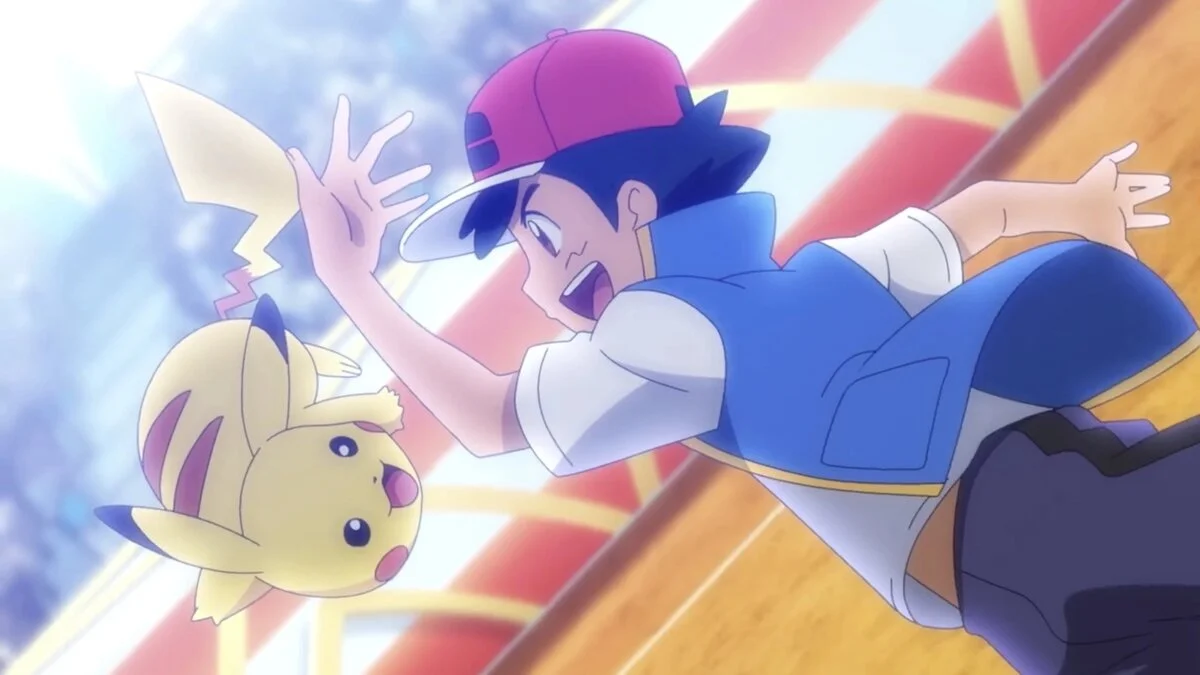Is Pikachu a Boy or a Girl?

The age-old question of whether Pikachu is a boy or a girl has been the subject of countless debates and conversations amongst Pokémon fans for years. While it’s easy to assume that Pikachu is just a genderless creature, the truth is much more complicated. Since we know most Pokémon have a gender, would Ash’s Pikachu be a boy or a girl?
The Pikachu that accompanies Ash Ketchum is a male Pikachu, but there are female Pikachus too. Most gender differences in Pokémon are pretty easy to miss, which is true for most real-life animals as well. You can tell Ash’s Pikachu is male because of the shape of its tail. The tail of the female Pikachus is heart-shaped.
Pokémon didn’t always have genders, but they became a thing as the series progressed. Some Pokémon still only have one gender, but most Pokémon nowadays have a male and female variation. Let’s talk about Pikachu and the differences between a male and a female Pikachu.
Differences in male and female Pikachu
When determining whether Pikachu is a boy or a girl, there’s only one design element that gives it away. Both male and female Pikachu are bright yellow, have pointy ears with black tips, red cheeks, two brown stripes on their backs, and are the same size.
While both genders sport their signature lightning mark on their tail, female Pikachus have two rounded tips at the end of their tail. This gives it the appearance of the top of a heart. This is the only discernible difference between male and female Pikachu.
This is how we know the Pikachu that accompanies Ash is male. If you look at his tail, you’ll see that it has sharp edges and no rounded tips.
How does gender affect the gameplay of Pokemon?
These differences might seem trivial at first glance. Still, they play an important role in how we perceive each Pokémon’s gender identity and how each one interacts with others within its species.
After all, being able to identify if a certain Pokémon is male or female will also help trainers choose which one to train for battle – as a Pokemon’s power level is 25% less when battling opponents of the opposing gender and 25% more when battling opponents of the same gender.
This is called Rivalry, a Pokémon Ability introduced in Generation IV. It is one of the few Abilities that are gender-specific. When a Pokémon with Rivalry faces an opponent of the same gender, its Attack and Special Attack stats are increased by 25%. In comparison, its Attack and Special Attack stats against targets of the opposite gender are lowered by 25%. This helps to create diversity in competitive battles, as certain strategies may be better with certain gender combinations.
The subtle biological differences between genders in Pokemon
Gender differences in fantasy creatures are often too exaggerated and stereotypical. This can be seen through the conventional gender roles attributed to certain characters, such as powerful and independent female characters portrayed as masculine. In contrast, male characters who lack strength or courage are feminized.
Characters of different genders should not all conform to a common set of gender-based norms. This type of representation only enforces rigid gender stereotypes. It does not consider nuances or complexities in gender identity, further perpetuating damaging ideas about gender expression and behavior in real life.
Furthermore, this extreme exaggeration oversimplifies and limits how people can identify their gender. Fantasy stories are supposed to open up the imagination and inspire people to reach for something different—not limit them by adhering to traditional gender roles.
Pokémon designs are incredibly creative and imaginative, using various colors, shapes, abilities, and personalities. One notable aspect of the series is that Pokémon designs don’t adhere to gender stereotypes.
Rather than relying on traditional gender stereotypes to distinguish between genders in the designs of Pokémon, they instead rely more on biological differences that we see in animals in the real world. Male and female Pokémon can both have powerful and aggressive characters while also having those that are calm and gentle-natured.
Some may be larger or smaller than their opposite-gendered counterparts or have different color patterns. Differences between genders are subtle, like Pikachu’s tail being a slightly different shape. As such, Pokémon encourages children to break out of their preconceived notions of how genders should behave, look and act. This helps kids learn to think open-mindedly about gender roles and encourages them to accept others for who they are regardless of their gender identity.
The fact that there are unique gender disparities between Pokémon speaks to the complexity behind how these creatures interact with one another and how game developers design them accordingly. It shows an understanding of how important respect for diversity can be when bringing characters like Pikachu off the paper and into our lives with vibrant life and personality.
At the end of the day, it doesn’t really matter if Pikachu is considered a particular gender or not; regardless, we can still appreciate its remarkable presence in pop culture as one of gaming’s most beloved mascots.
